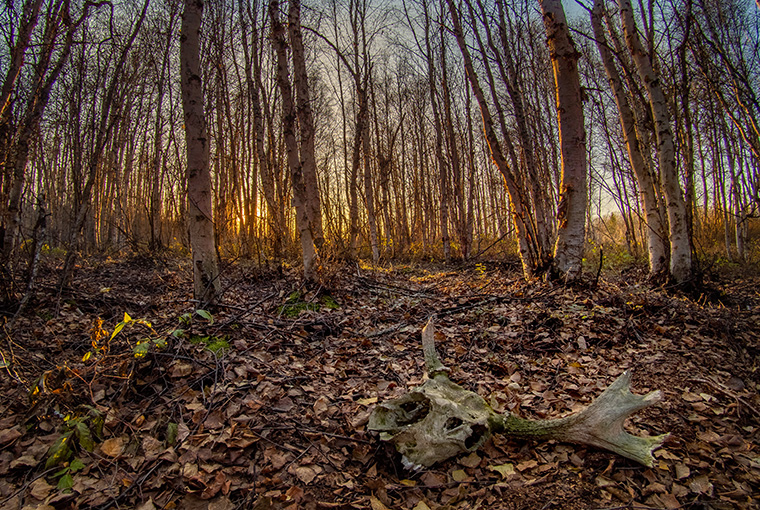
How Ontario’s cervids — white-tailed deer, moose, elk, and caribou — respond to a rapidly changing climate is of great interest to hunters.
Cervids respond quickly to environmental changes. A big dump of snow, for example, can kill thousands of whitetails. Although forest fires are often described as catastrophic, Ontario’s cervids are (except on agricultural and urban landscapes) dependent on forest fires for creation and maintenance of suitable habitats.
Although there’s no specific definition as to when weather becomes “climate,” there’s somewhat of a consensus that 30-year time periods are the minimum lengths needed to look for trends possibly indicative of climate change.
That’s plenty of time to see drastic changes to cervid populations, often attributed to weather, as many hunters can attest.
For hunters, what happens to deer because of weather is always a concern. Extended periods of bad weather can mean fewer tags are issued, with fewer hunting opportunities. But extended periods of good weather, such as milder winters, can result in a positive numerical response in deer, for instance.
Responding to population shifts often means hunting management changes. The ways and means by how licences are issued, how many tags are available, who gets a tag, and more have seen a lot of changes over the past 30 years, especially for deer and moose, by far our most hunted cervids.
Wildlife biologists and cervid scientists turn to geological time periods when looking at how species evolved and adapted to changing environmental conditions, changes that let some species flourish while others sank into oblivion.
Geological times are time periods measured in millions of years.
The distant path
The late, world-renowned Dr. Anthony (Tony) Bubenik wrote that antlered deer, including cervids, first appeared during the early Miocene epoch, beginning about 30 million years ago.
Over the ensuing millions of years, antlered animals thrived and prospered, but during and in the aftermath of the Pleistocene epoch – a time period from 2.5 million years ago to less than 12,000 years ago, a noticeable uptick in species extinction occurred, including many deer and closely related species.
A feature of the Pleistocene was a climate with repeated periods and cycles of glacial advances and retreats.
A rapidly changing climate could have played a major role, although the how and why of the extinctions remains in dispute. Some fear that similar extinctions could take place now and, in the years, to come if the climate changes rapidly.
Others think climate change may not have been the “tipping point” for many extinctions.
Likely impacts
Keeping climate change simple, the following general trends are commonly discussed. The potential impacts to cervids are:
Milder, shorter winters
In general, cervids will experience population increases, especially white-tailed deer. Long-term effects are less certain for moose and caribou. On northern ranges, severe winters are a limiting factor for all cervids.
More deer support more wolves, a problem for slower reproducing, moose, caribou, and elk.
High numbers of whitetails can be a disease threat to other cervids. Whitetails suffer little from meningeal (brain) worm, but it’s extremely lethal to caribou and will often kill moose. Elk are somewhat more resistant to brain worm than moose. Dr. Murray Lankester, Lakehead University parasitologist, says moose suffer when deer populations exceed about five deer per square kilometre.
Other parasites, such as winter ticks on moose, are likely to increase, with negative implications.
Longer, hotter summers
Hotter, drier weather can lead to drought, forest fires, insect infestations, and more. Short-and long-term impacts can differ.
Hot, dry summers see an increase in size and frequency of forest fires and a surge in moose populations; moose population explosions following big fires are well documented.
Various diseases and parasites are likely to become more widespread and endemic.
Elk and deer will benefit, as they are known to thrive in hot, dry landscapes.
A negative for caribou. Woodland caribou in Ontario winter in large, even-aged conifer stands of fire origin; frequent fires could reduce these areas.
It’s worth noting that in western Canada, high numbers of deer, moose, and elk can co-exist because the intermediate host of the meningeal worm – terrestrial slugs and snails — has not been an issue there, except for very low levels in Saskatchewan. It’s simply too hot and dry for them.
More frequent, bigger storms
Generally negative for all. Some short-term benefits can occur, as disturbances like blowdown can be beneficial, but in moderation.
More and bigger storm events are likely mostly harmful.
Even if winters are shorter, huge dumps of snow could still be disastrous to all the cervids.
Extreme droughts can reduce food quantity, quality, and overall habitat suitability for all.
Floods and ice storms can be devastating to cervid populations.
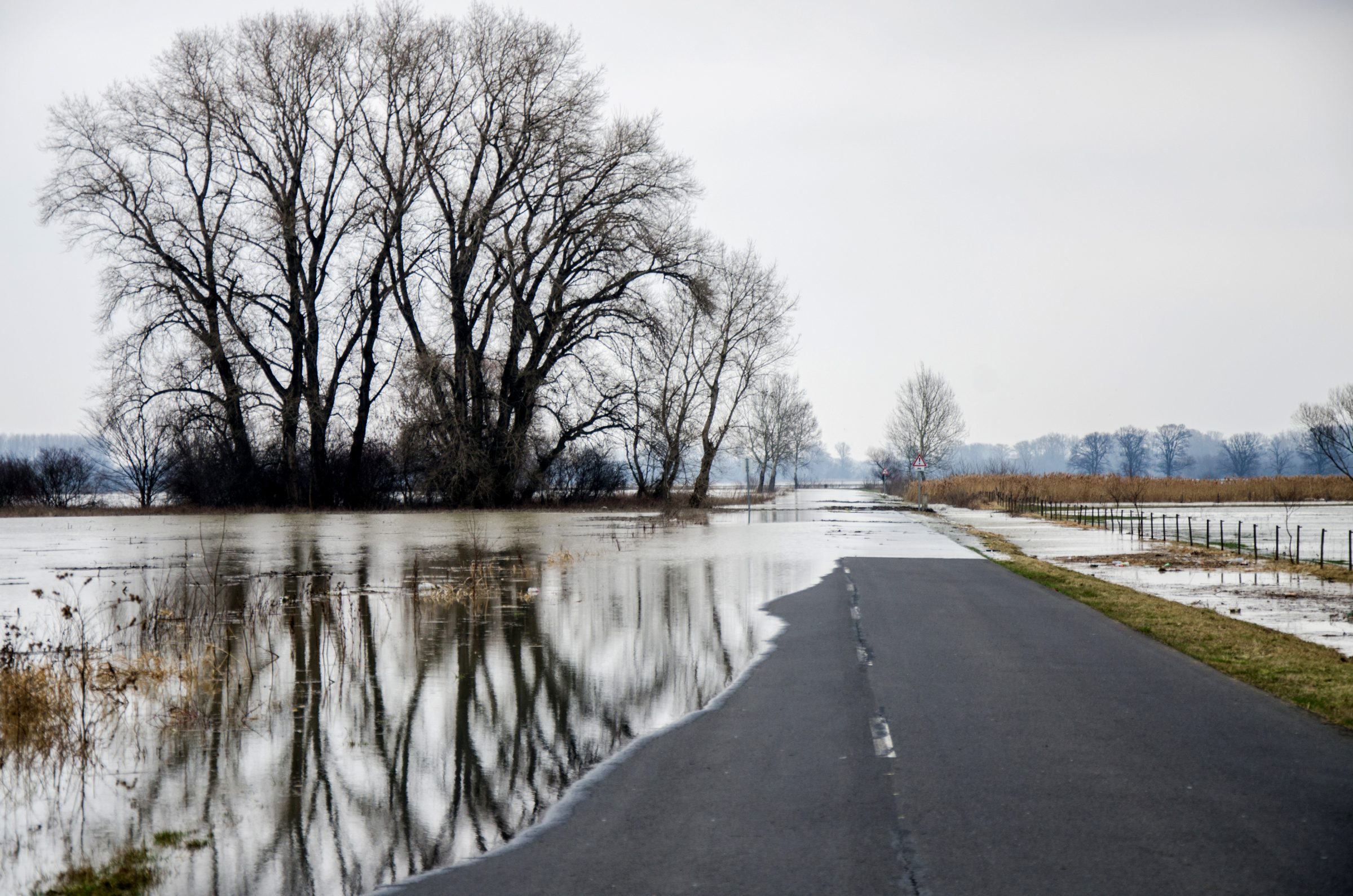
The present and recent past
Today, when the talk is about climate change, there’s not much discussion or concern about imminent glaciation, although that fear did surface in the 1970s. Mostly, it’s all about warming, a rise in sea levels, and more extreme weather events, such as heat waves, hurricanes, and snowstorms.
Extreme weather events are known to be hard on cervids, particularly white-tailed deer. For example, severe winters of prolonged and deep snow wreak havoc on whitetails. Weeks of 50 centimetres of snow or more on the ground see deer die of starvation and succumb easily to predation. Fawns don’t make it. Even rack size diminishes.
Short-term climate changes are linked closely to whitetail population explosions and collapses in Ontario.
In the 1983 MNR publication The White-tailed Deer in Ontario, a great peak of deer numbers around the end of the Second World War and the subsequent crash is attributed to a number of factors, including the fact the climate changed. The long-term warming trend that began at the turn of the century ended in the early 1950s, and winters became colder with deeper snow.”
Interestingly, what came later — starting in the late 1980s — was a time of great winter warm-ups that coincided with deer numbers that reached the highest population levels and range occupancy ever seen in Ontario.
More recently, winters have tended to be cold and snowy, and deer have declined — a lot. In parts of Ontario, particularly in the northwest, moose populations similarly grew and then collapsed; with strong linkages to climatic shifts.
The future
OFAH Wildlife Biologist Dr. Keith Munro believes good management practices are essential, no matter what the weather and climate sends our way.
“Predicting impacts of climate change is challenging, but if cervids are kept at ecologically sustainable levels with quality habitat, populations are more resilient to change. For example, overabundant deer that exhaust their available resources are less prepared for extreme winters than are properly managed populations.”
Cervids are remarkable and adaptable animals. Hundreds of studies have detailed their abilities to survive and thrive over a wide range of climatic conditions.
Environmental changes, including those that result from a shifting climate, are inevitable and some may not be good for all of Ontario’s cervids.
Originally published in the Jan.-Feb. 2022 issue of Ontario OUT of DOORS

Bruce Ranta is a retired wildlife biologist, outdoor writer and photographer based in Kenora.
Reach Bruce at [email protected]


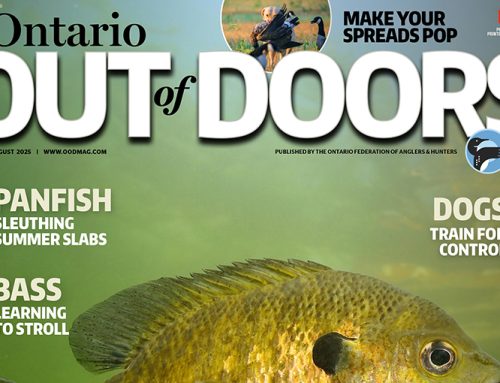
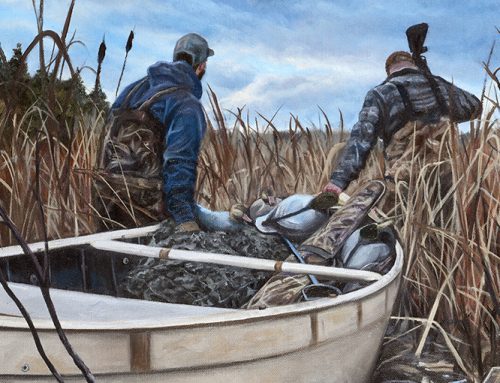
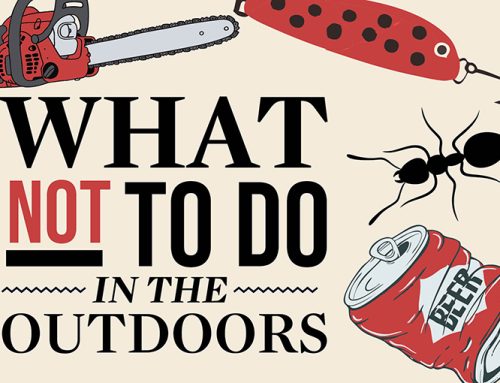
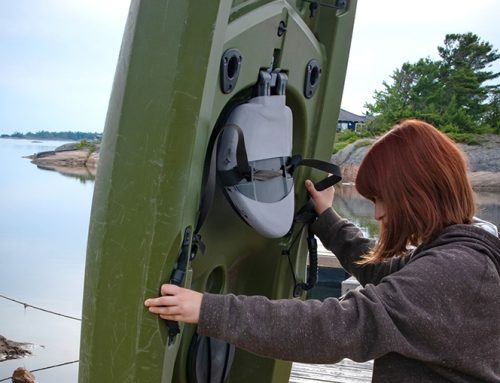
Leave A Comment